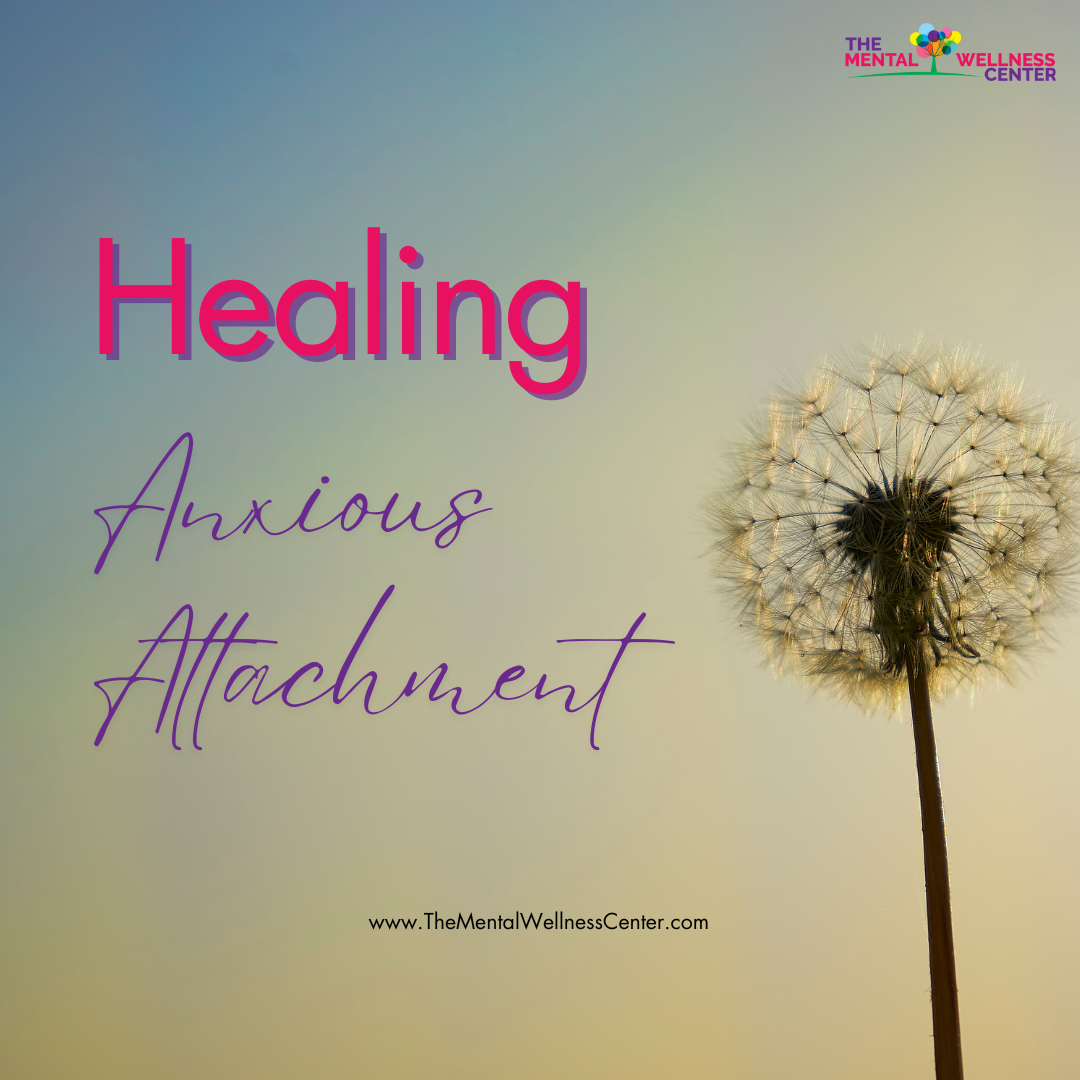Healing Anxious Attachment
Many people experience what’s known as an anxious attachment style. This attachment style often shows up in relationships as a strong desire for closeness and connection, accompanied by persistent fears of abandonment or rejection. Individuals with anxious attachment may struggle with trusting others, have a heightened need for reassurance, and often hold a negative self-image.
If any of this resonates with you, know that these patterns are not who you are at your core—they are responses shaped by past experiences. Most often, they stem from early relationships marked by emotional inconsistency, unmet needs, or a lack of validation. Over time, these experiences can create internal narratives that question our worth and lovability.
The good news is that healing is possible.
Building Self-Awareness
The first step toward healing anxious attachment is developing self-awareness. By giving yourself space to reflect on your experiences, you begin to understand where these patterns originated and how they show up in your current relationships. Journaling can be a powerful tool for this—allowing you to track recurring thoughts, emotions, and reactions over time.
Mindfulness practices, such as meditation or breathwork, can also increase your ability to stay present with your emotions and bodily sensations. These practices help bring clarity to your inner world and teach you how to respond thoughtfully rather than react impulsively.
Regulating the Nervous System
When we're stuck in anxious attachment, our nervous system can remain on high alert. Learning to regulate this response is key to feeling safer in relationships. Start by returning to the basics: Are you getting enough restful sleep? Eating nourishing meals? Moving your body regularly? These foundational habits directly affect how resilient and regulated we feel.
You can also add coping strategies such as deep breathing, grounding exercises, and soothing activities like reading, listening to music, or spending time in nature. These help signal to your body and mind that you are safe—an essential part of healing.
Creating Healthy Boundaries
As you build awareness and emotional regulation, the next step is developing strong, healthy boundaries—with both yourself and others. Boundaries are not about building walls; they’re about creating a sense of safety and mutual respect. With practice, you can begin to challenge old belief systems that tell you you’re “too much” or “not enough,” and replace them with affirmations of your inherent worth.
Remind yourself regularly: I am worthy of love, connection, and compassion.
Cultivating Secure Relationships
Healing anxious attachment also involves seeking out and nurturing safe, secure connections. Look for people in your support system who genuinely understand you and are willing to build healthy, reciprocal relationships. Practice open communication, active listening, and asking for reassurance in healthy ways.
Equally important is maintaining a sense of individuality. While closeness is important, so is independence. Continue to invest in your own interests, hobbies, and friendships—these strengthen your sense of self and bring balance to your relationships.
Moving Forward With Compassion
Healing from anxious attachment is a journey that takes time, patience, and a lot of self-compassion. There will be moments of progress, and moments that feel challenging—but you don’t have to walk this path alone.
If you’re ready to begin the work of healing and growth, reaching out for support can be the first step toward lasting change. Therapy can provide a safe, supportive space to explore your experiences and begin building the secure relationships you deserve.
You are not broken—you are healing.
Check out our list of our providers here.
To become a client, click the button below.

